Water
As fluid as water
Water is a primary resource, a fundamental need for life. Good water governance is a strategic responsibility from every point of view: institutional, environmental, economic.
Increasing the efficiency of the network to avoid waste and optimize the management of this renewable but not infinite resource, is a responsibility towards the planet and, not least, an economically profitable choice.
The goal is to move the water sector towards process automation through the digitalization of networks, thus achieving a better optimization of resources, investments and data management, with a business advantage for companies but also a social advantage for the communities.
Focus
Ultrasonic smart water meters measure the volume of water used by final users and are also used to determine flow through a specific portion of the cycle. Water metering is a component of public water resource management aimed at monitoring and eventually reducing water consumption.
Water cycle control technologies, data management solutions to support distribution companies in the processes involved in remote metering and remote management, on-field workforce management through satellite tracking: these are some of the solutions we can provide.
Within the water cycle coexist a wide number of complex systems, requiring thousands of control points and simple installations of valves or sensors, characterised by a limited but important number of signals. The application of IoT technology enables the strategic management of the water cycle.
Ultrasonic smart water meters measure the volume of water used by final users and are also used to determine flow through a specific portion of the cycle. Water metering is a component of public water resource management aimed at monitoring and eventually reducing water consumption.
Water cycle control technologies, data management solutions to support distribution companies in the processes involved in remote metering and remote management, on-field workforce management through satellite tracking: these are some of the solutions we can provide.
Within the water cycle coexist a wide number of complex systems, requiring thousands of control points and simple installations of valves or sensors, characterised by a limited but important number of signals. The application of IoT technology enables the strategic management of the water cycle.
Ultrasonic smart water meters measure the volume of water used by final users and are also used to determine flow through a specific portion of the cycle. Water metering is a component of public water resource management aimed at monitoring and eventually reducing water consumption.
Water cycle control technologies, data management solutions to support distribution companies in the processes involved in remote metering and remote management, on-field workforce management through satellite tracking: these are some of the solutions we can provide.
Expertise areas
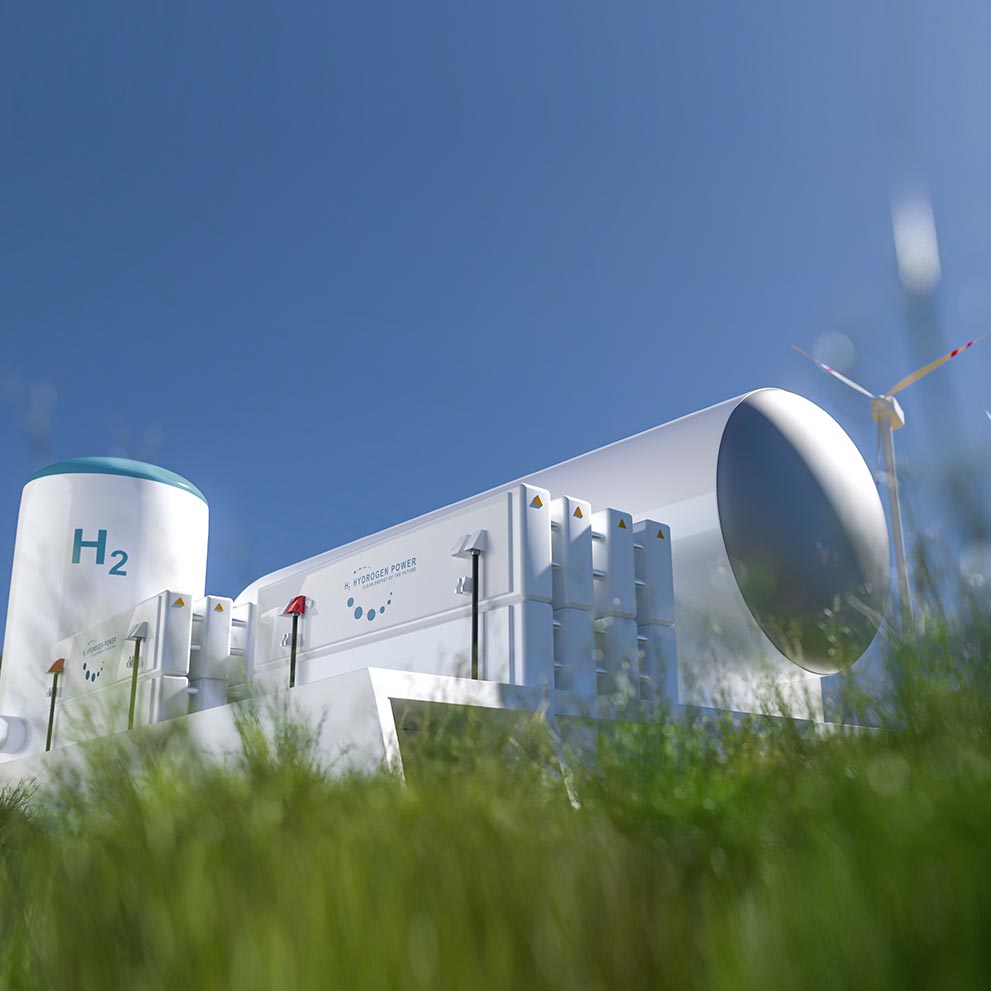
Hydrogen
Hydrogen combustion does not release carbon dioxide, but rather steam, and it is easier to transport and store than electricity. This makes hydrogen the ideal ally for renewable energy production.
Today, hydrogen can only be injected into the pipeline network and blended with natural gas up to certain percentages: we are commited to creating systems and devices that can overcome this limit.
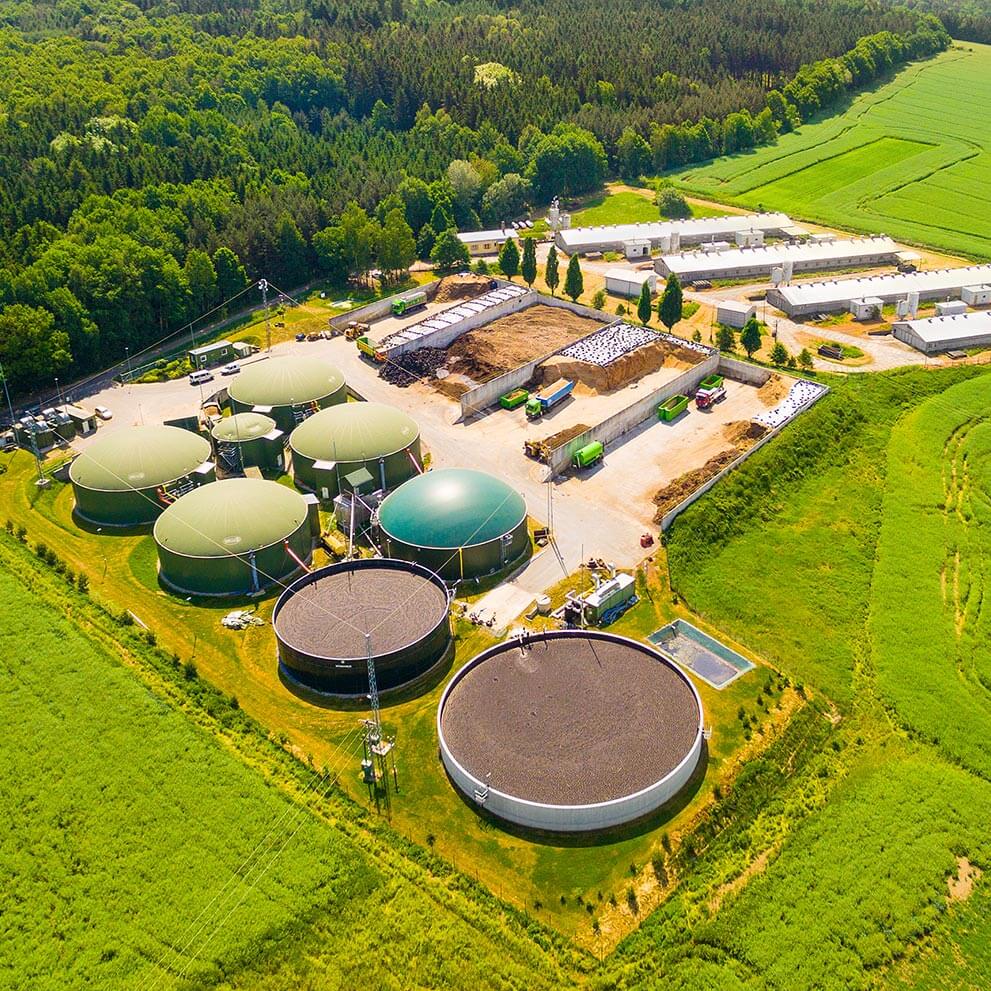
Biomethane
Unlike other renewables, biomethane requires limited investment in terms of infrastructure. Moreover, regarding emissions, it is considered to be neutral as it is produced via the digestion of biomass from by-products, industrial processing waste and organic material.
Specific incentives promoted at the European level are making its use economically sustainable, and as a result production and use of this source are being strongly encouraged.
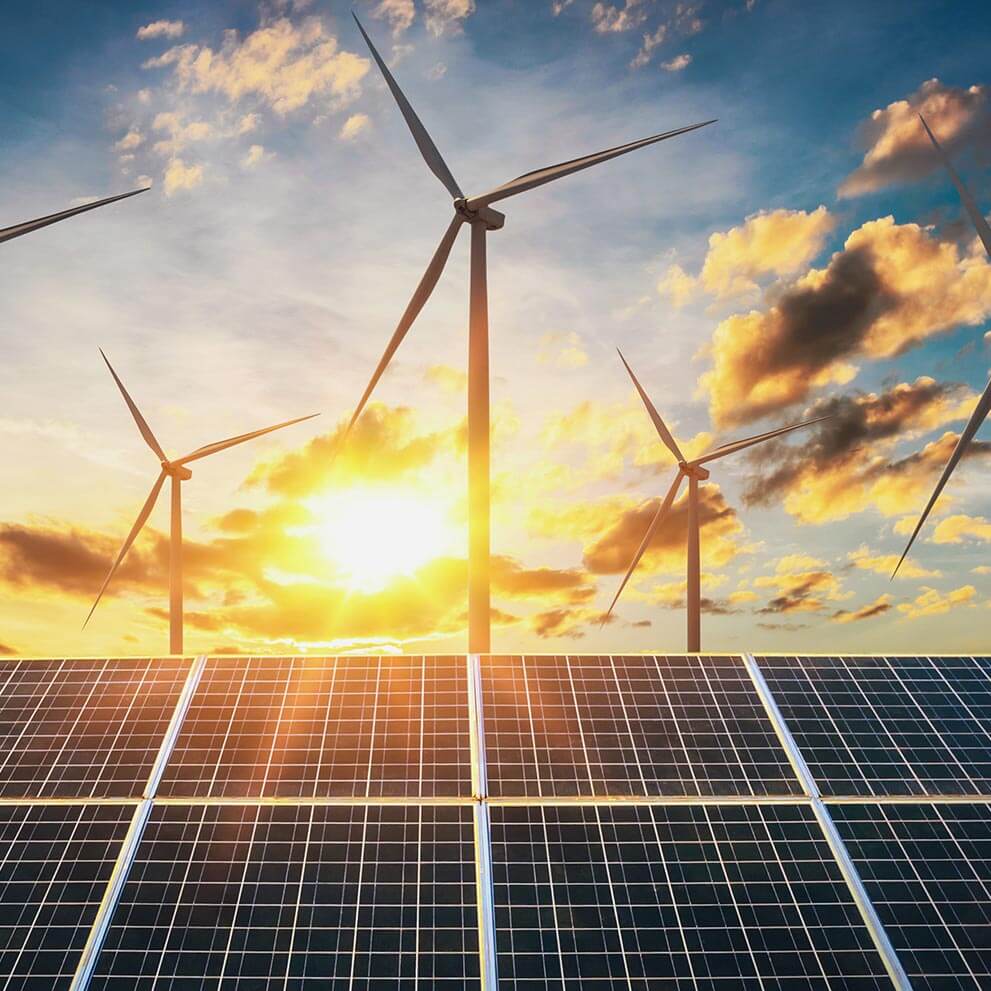
Power-to-gas
Managing ‘green electrons’ over time and space is important to obtain as much energy as possible when renewable sources such as the sun and the wind are available.
Power-to-gas, a technology that transforms surplus electricity into gas molecules that can be transported over long distances at low cost and can offer the possibility to seasonally store renewable energy, is the answer.
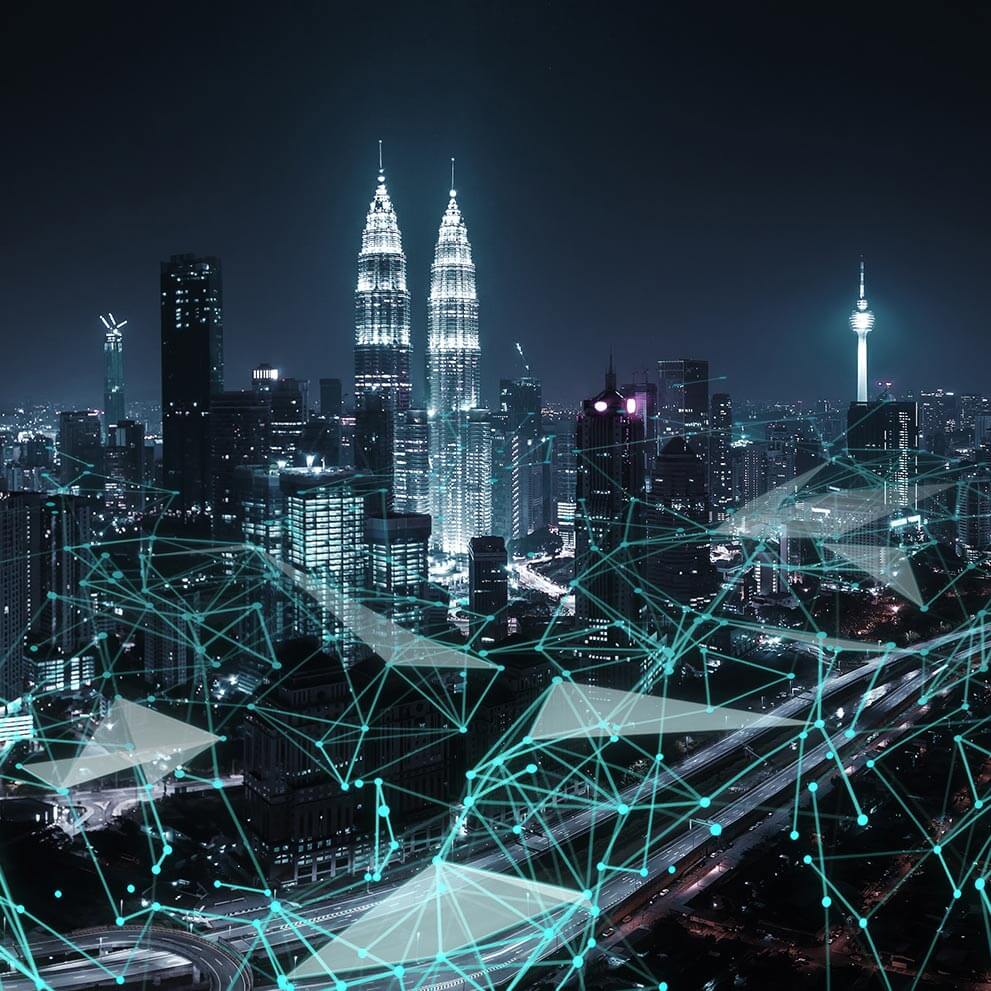
Smart gas grids
Smart Grids, which integrate different types of energy and make autonomous decisions to optimise energy distribution, are an ambitious project that will, in the very near future, manage energy through networks capable of instantaneously regulating multiple, discontinuous and bidirectional flows.
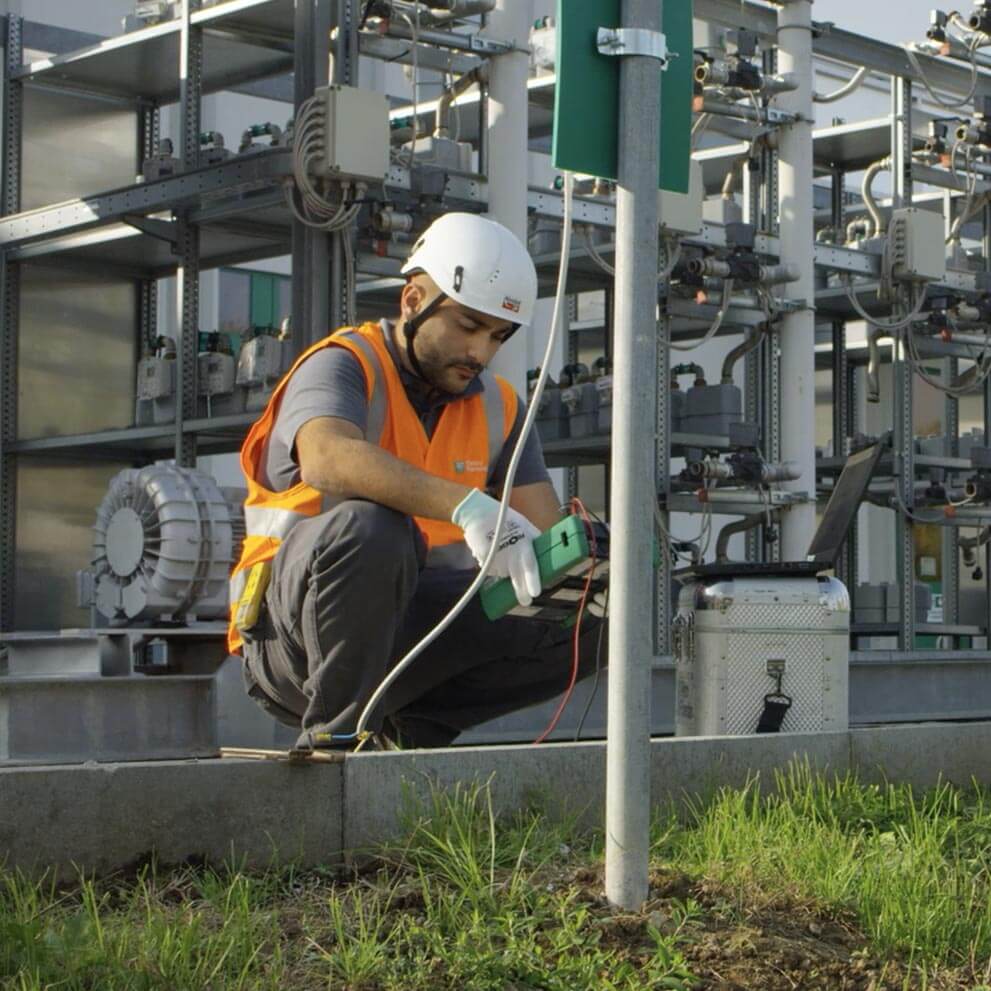
Cathodic protection
When iron and steel come into contact with an electrolyte, such as soil, a phenomenon called electrolytic corrosion occurs in any infrastructure made of metal.
Electrolytic corrosion cannot be completely eliminated, but specific measures can be taken in the design and construction phases to significantly reduce its effects.

Surface protection
Surface treatment is a critical step in preserving the integrity and longevity of structures and equipment, especially when they are exposed to various environmental conditions.

